Ghee is a highly aromatic butter with a rich nutty flavor. However, it is very high in fat and expensive, so you might want to look for a healthier substitute for ghee. Or, you might also need a ghee substitute if you’re allergic to or have run out of it.
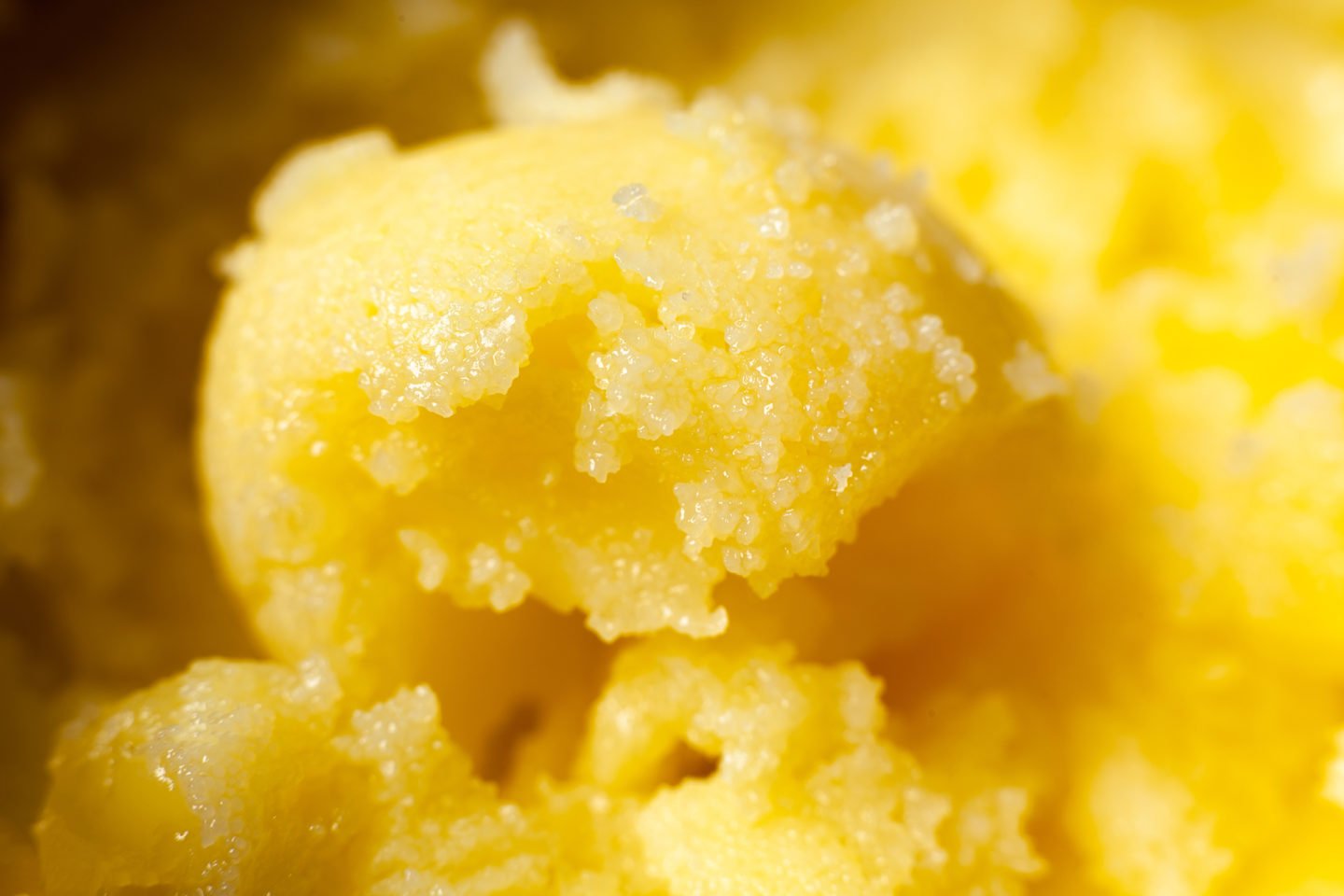
If you need a substitute for ghee, you can use soybean oil, sunflower oil, canola oil, sesame oil, coconut oil, butter, olive oil, clarified butter, vegetable oil, avocado oil, or homemade ghee.
Unfortunately, you might have difficulty finding some of the ghee substitutes. But I guarantee you’ll have at least one of them at home. Whichever ghee alternative you use, make sure to use the right ratio to make the texture consistent.
Table of Contents
Best Substitutes for Ghee
Clarified Butter
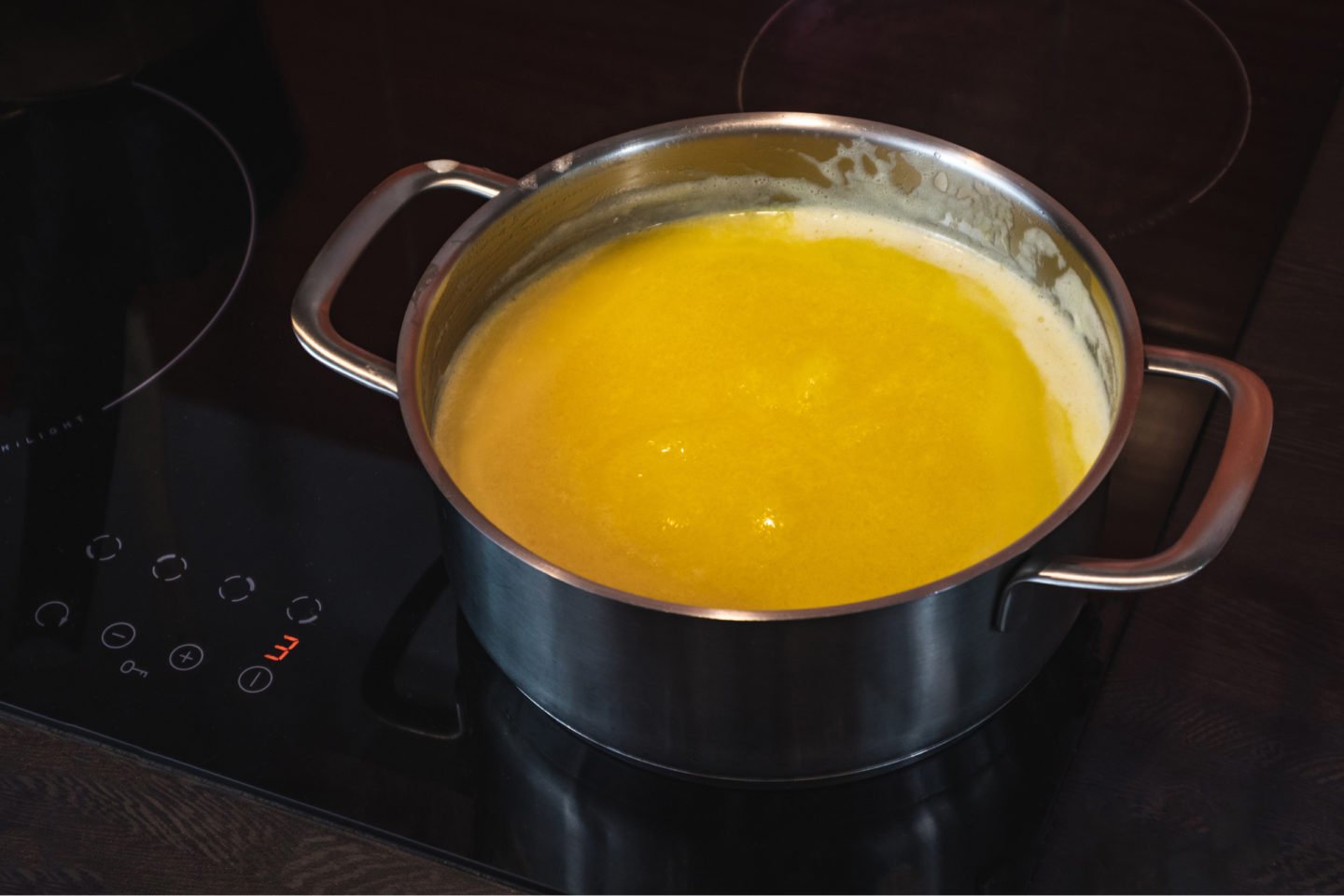
Clarified butter is simply the liquid form of regular butter made by separating the milk solids and water. It has the same golden yellow color and similar but less concentrated flavors of ghee. Clarified butter is almost interchangeable with ghee and thus, is the best ghee substitute.
You can use clarified butter in most recipes that call for ghee. Best used in deep frying, clarified butter will lend a nice, crispy texture to anything you cook in it. Replace ghee with butter at a 1:1 ratio.
Sunflower Oil
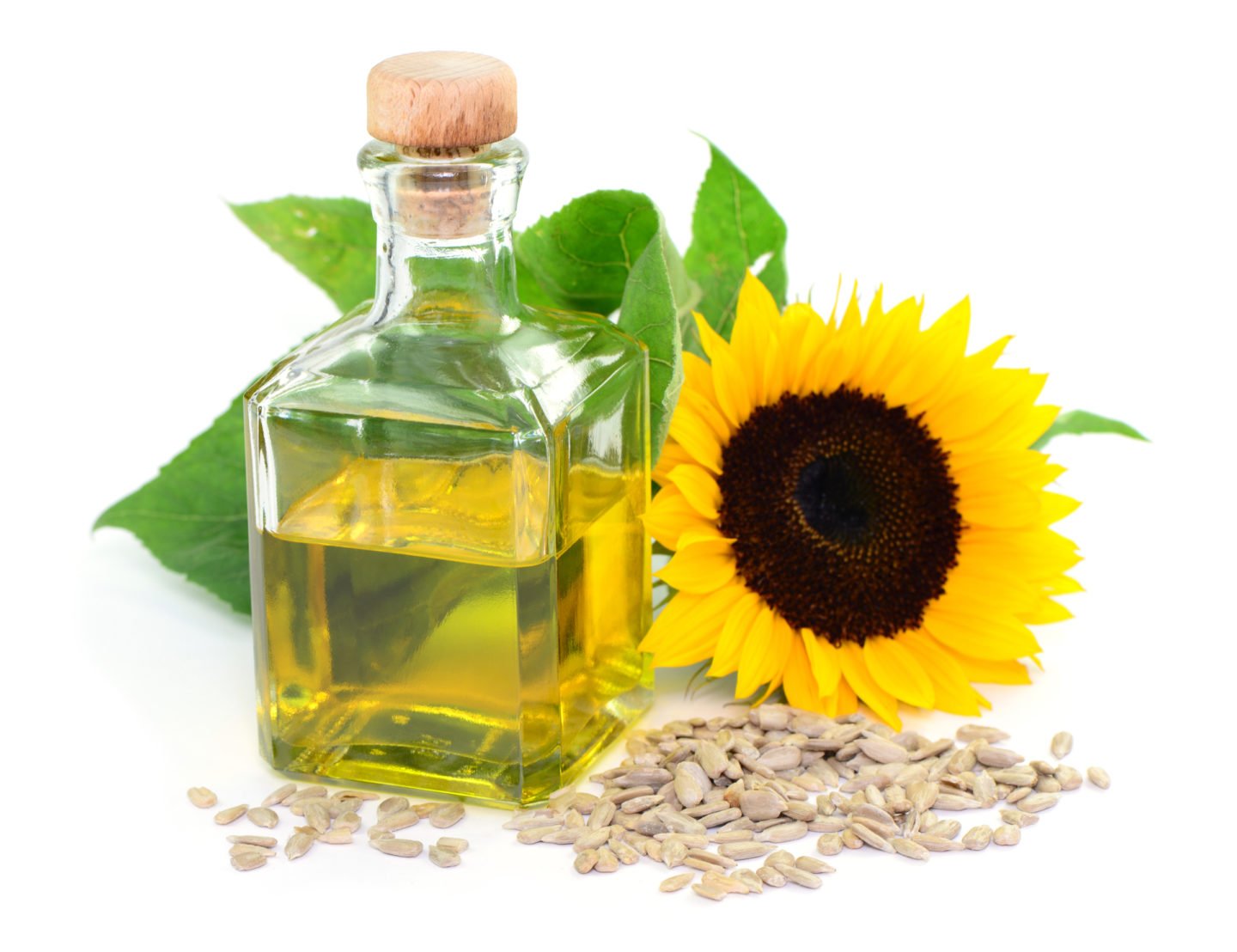
Sunflower oil is a healthy, affordable, and highly aromatic substitute for ghee with two varieties: refined and unrefined. Refined sunflower oil has a neutral and mildly nutty flavor; plus, it is affordable, versatile, and highly accessible. On the other hand, virgin sunflower oil has a nuttier flavor, costs more, and can be challenging to find.
The refined version has a high smoke point similar to ghee, making it ideal for deep frying, sautéing, pan-frying, stir-frying, and baking. Meanwhile, the unrefined version has a lower smoking point ideal for use as a finishing oil or as an ingredient in dressings and vinaigrettes.
However, note that using sunflower oil for long periods of frying might lead to burnt or too-brown food. If you still plan to replace ghee with sunflower oil, follow a 3:4 ratio to keep the texture consistent. You can also use it in a 1:1 ratio, but you must reduce liquids from other parts of the recipe.
Soybean Oil
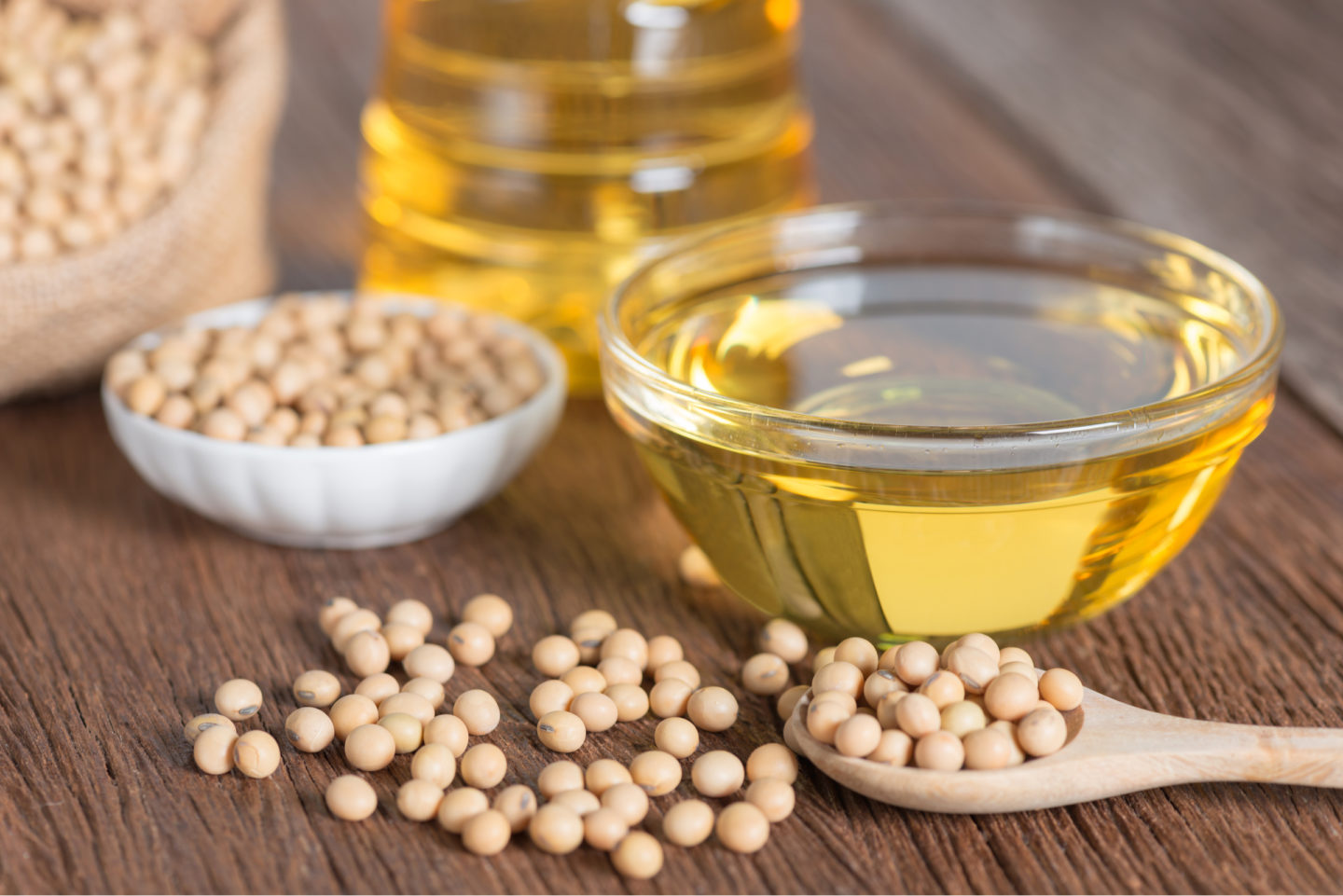
Soybean oil is another healthy ghee substitute. It has a very mild and neutral flavor. It is odorless, affordable, and versatile. However, note that raw soybean oil has a green bean flavor some might find unpleasant, so go with treated soybean oil.
Soybean also has a high smoke point similar to ghee. You can use this cooking oil for frying, sautéing, roasting, deep-frying, or stir-frying. Or you can also use soybean oil in making baked goods since it has a mild taste that blends well with other ingredients.
To use it as a ghee substitute, follow a 3:4 ratio to keep the texture consistent. That is, use ¾ tablespoon of soybean oil for every tablespoon of ghee needed. You can also follow a 1:1 ratio, but make sure to cut the moisture in other parts of your recipe.
Canola Oil
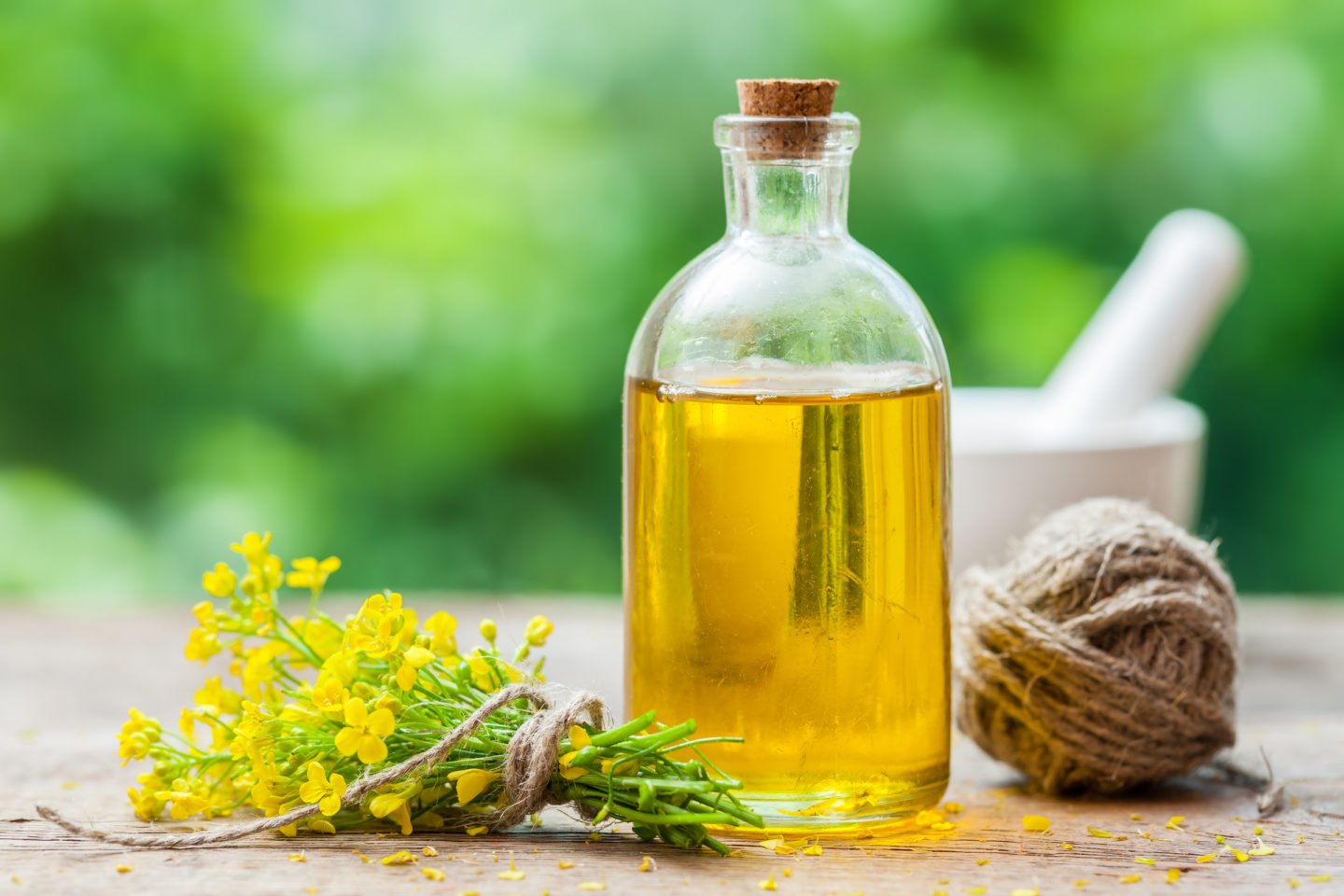
Canola oil is another home cooking oil that can serve as a great substitute for ghee. It has a smooth texture and almost no flavor, making it a good ghee alternative in recipes involving lots of spices. It also has a similarly high smoke point as ghee and won’t burn or brown food too much if used for a long time.
You can use canola oil in high and low-heat cooking, including pan-frying, stir-frying, deep-frying, grilling, sautéing, making curry, and drizzling over salads or marinades. However, it has lesser fat content than ghee and other oils, so baked goods might turn out too hard or not airy enough.
To replace ghee with canola oil, simply follow a 3:4 or 1:1 ratio like the other cooking oils. Reduce the amount of liquid elsewhere if you use a 1:1 ratio. However, know that canola oil is not all-natural since it is synthetically produced.
Sesame Oil
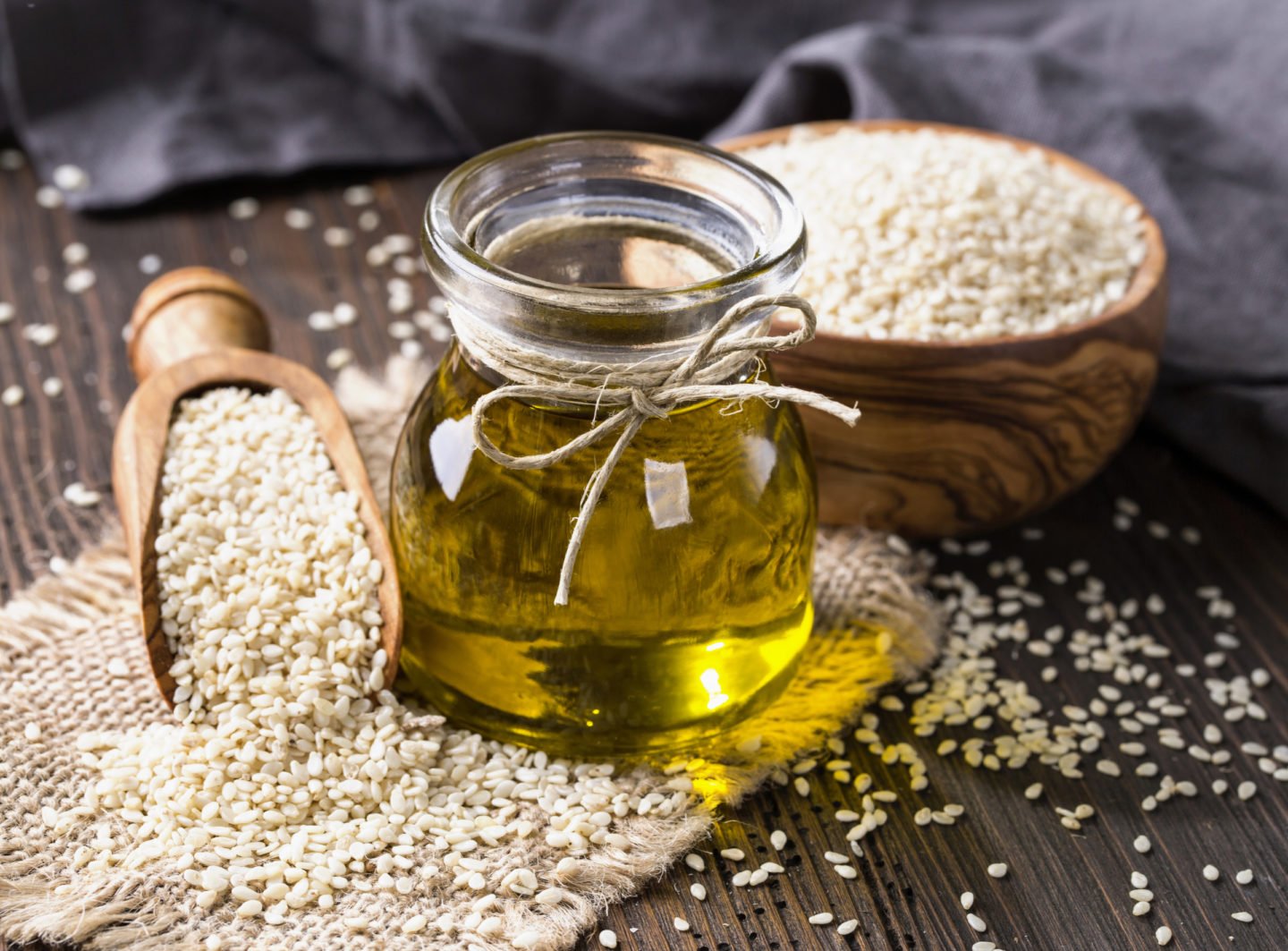
If you’re vegan, toasted sesame oil may be the best substitute for ghee—if you can find it. Toasting the seeds brings out more natural flavors, which makes the flavor much closer to ghee. But don’t fret if you can’t find it; you can use any type of sesame oil just as well.
You can best use sesame oil in frying, topping over food, or making sauces, marinades, and salad dressings. You can also use sesame oil when sautéing or making stir-fries, where its aroma will enhance the dish’s flavor even more.
It’s thicker than ghee and darker in color, but you can still follow a 3:4 ratio if you want to use it as a ghee substitute.
Coconut Oil
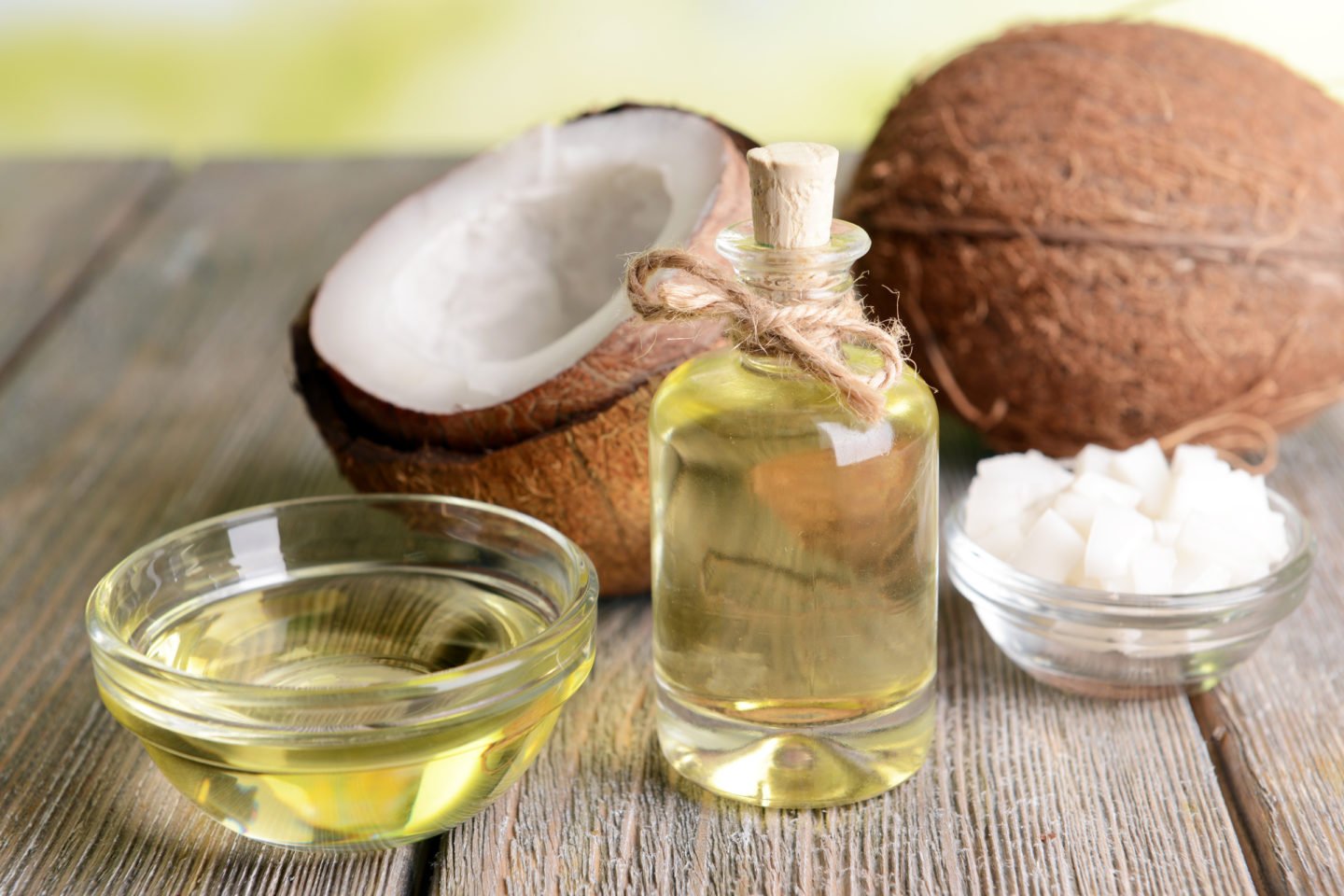
Although a little expensive, coconut oil can be used as a ghee butter substitute because it has a rich, nutty taste and a similar texture to ghee. However, if you need a substitute for flavor, you can use refined coconut oil.
Coconut oil is best used in baking desserts, cooking curry, making pie dough, or adding creaminess to marinades, smoothies, and dips. However, it has a low smoke point. You can still use it for stir-frying or sautéing, but it’s best to keep it at medium heat to prevent the oil from burning.
Coconut oil is also similar to ghee in texture—both remain solid at room temperature but quickly melt when heated. So, you can replace ghee with coconut oil at a 1:1 ratio without changing the recipe.
Olive Oil
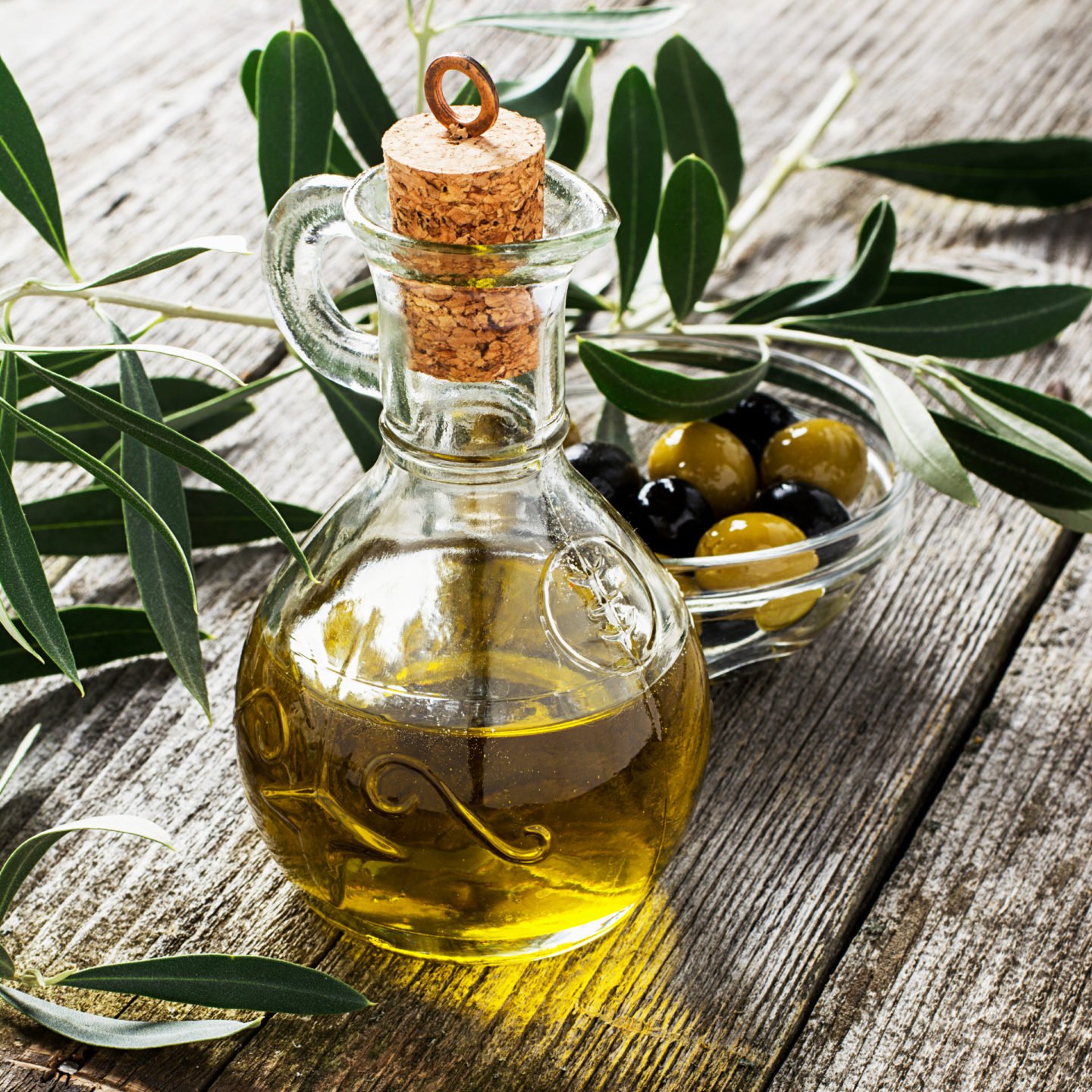
Olive oil is one of the healthiest cooking oils you can substitute for ghee; however, it is also one of the most expensive on our list. You can use any kind, but extra virgin olive oil has a more pronounced nutty taste than the regular one.
Olive oil has a low smoke point, so it’s best used in baking, low-heat, and medium-heat cooking, making marinades, sauces, or salad dressings. However, it won’t work very well if you need solid fats or creaminess in the recipe.
To substitute ghee with olive oil, follow the standard 3:4 ratio when using cooking oils.
Butter
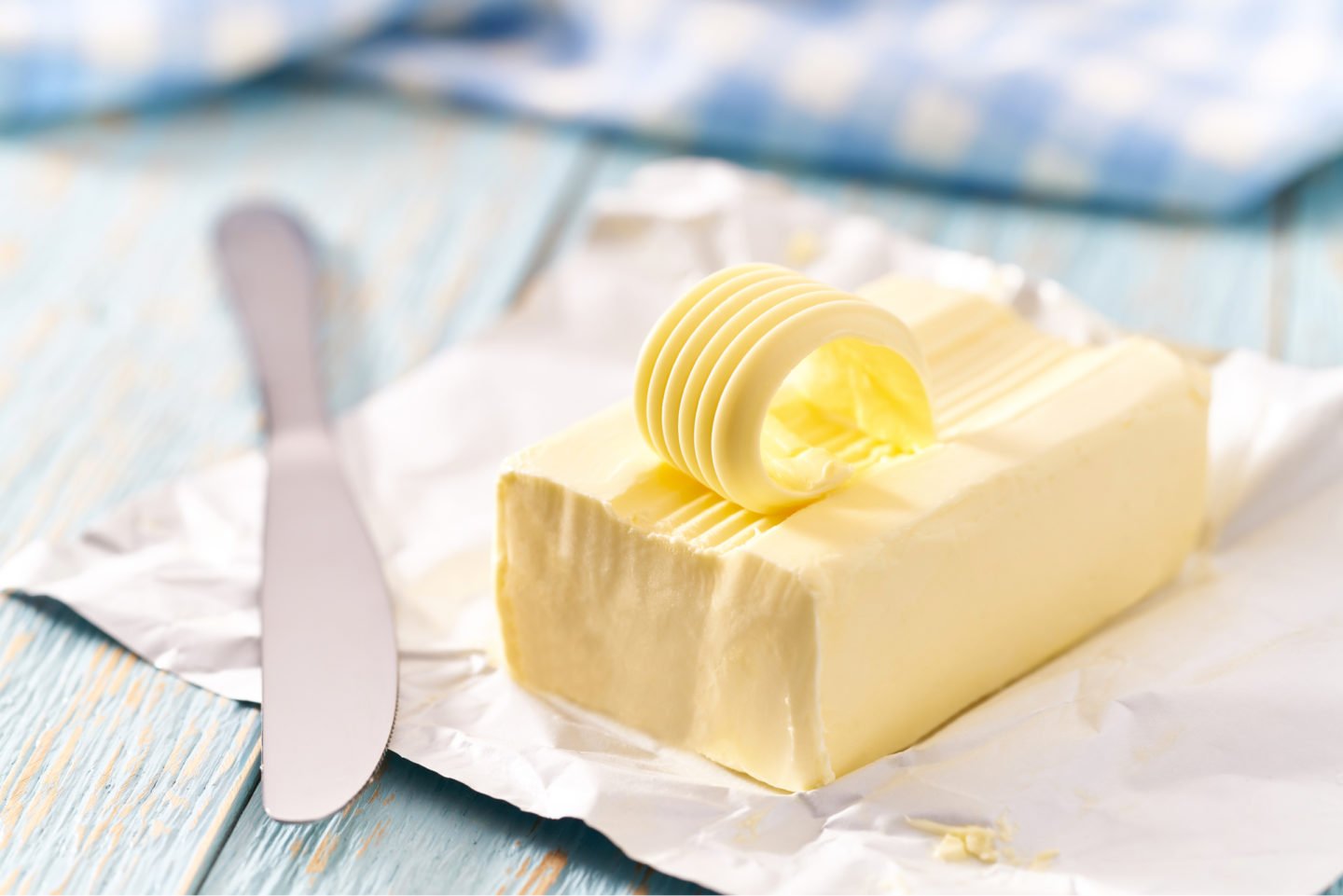
Regular butter can be an excellent substitute if you've run out of ghee. It has a similar consistency as ghee but unfortunately lacks the nutty flavor. However, you can add some olive oil to add a nutty taste and make its texture identical to ghee.
Since butter has a low smoke point, I recommend mixing some olive oil if you plan to use butter for frying. Doing so will prevent the dish from burning, but you will have to adjust the recipe accordingly. On the bright side, butter contains all its milk solids, resulting in a rich, creamy texture when used as a ghee substitute.
Although it has lower moisture, you can replace ghee with butter at a 1:1 ratio. Remember to adjust the liquid content if you plan to mix some olive oil with the butter.
Vegetable Oil

If you find the taste of other cooking oils too strong, vegetable oil is another good option. It has a neutral taste and a high smoke point, making it a good alternative for ghee. It’s also affordable, so many prefer to use it instead of ghee.
Using vegetable oil will add moisture to your dish without interfering with the flavors, so you might want to use it in recipes that involve various spices. You can use vegetable oil anywhere—from frying and grilling to baking.
Unlike other cooking oils, you can replace ghee with vegetable oil at a 1:1 ratio without changing the recipe. However, keep in mind that it won't provide any creaminess to your dish. And if you plan to reuse it, know that vegetable oil tends to taste like the last food you cooked in it.
Avocado Oil
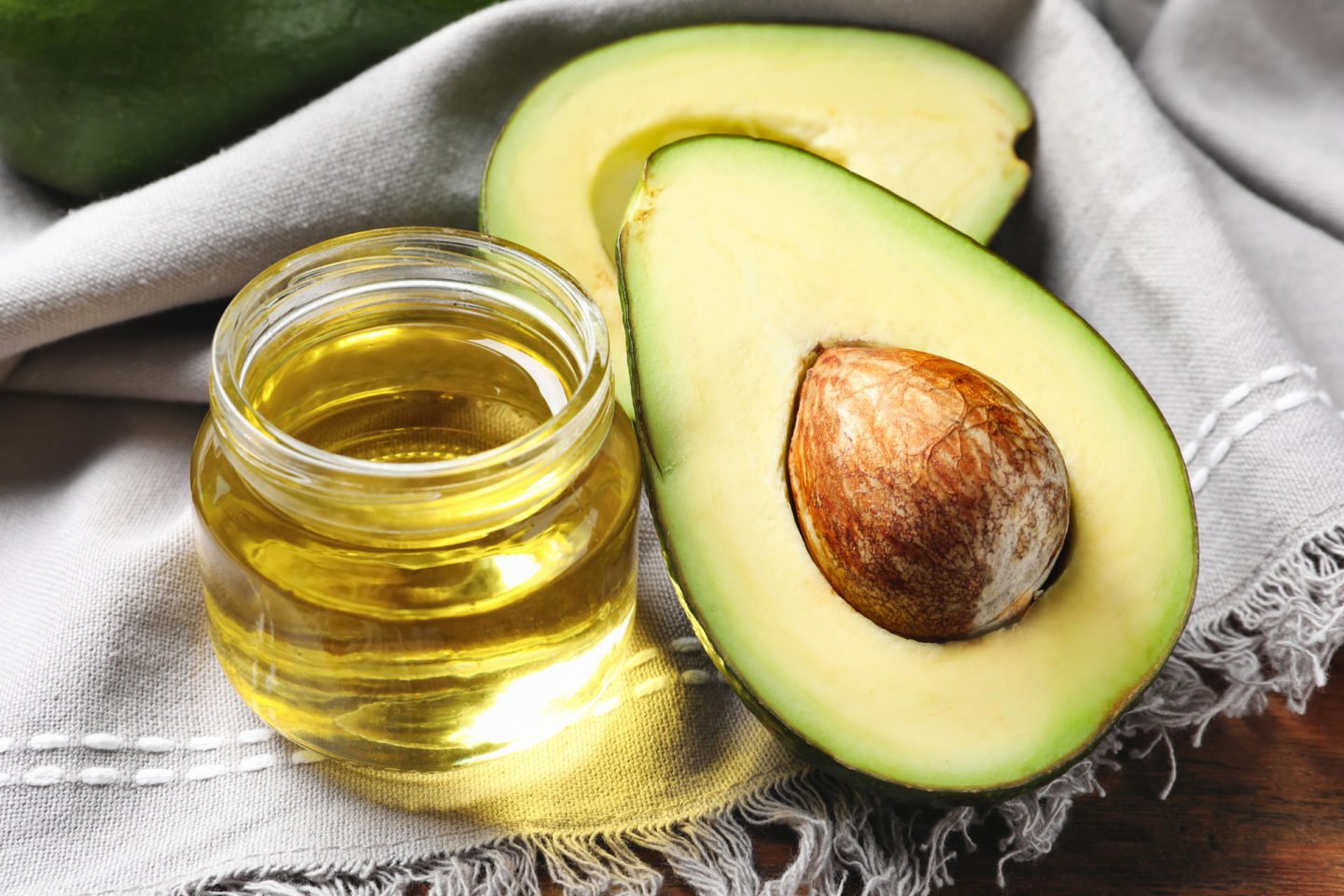
Avocado oil is another cooking oil that can serve as a great replacement for ghee. It is one of the healthiest cooking oils available today and has a nutty, buttery flavor.
Aside from the health benefits of olive oil, avocado oil also has a high smoking point similar to ghee. That ensures that you can safely use it in any cooking method you need, such as sautéing, frying, roasting, and making marinades, soups, sauces, and dressings.
If you follow a vegan diet, then avocado oil is one of the best options. Simply replace ghee with avocado oil at a 1:1 ratio.
Homemade Ghee
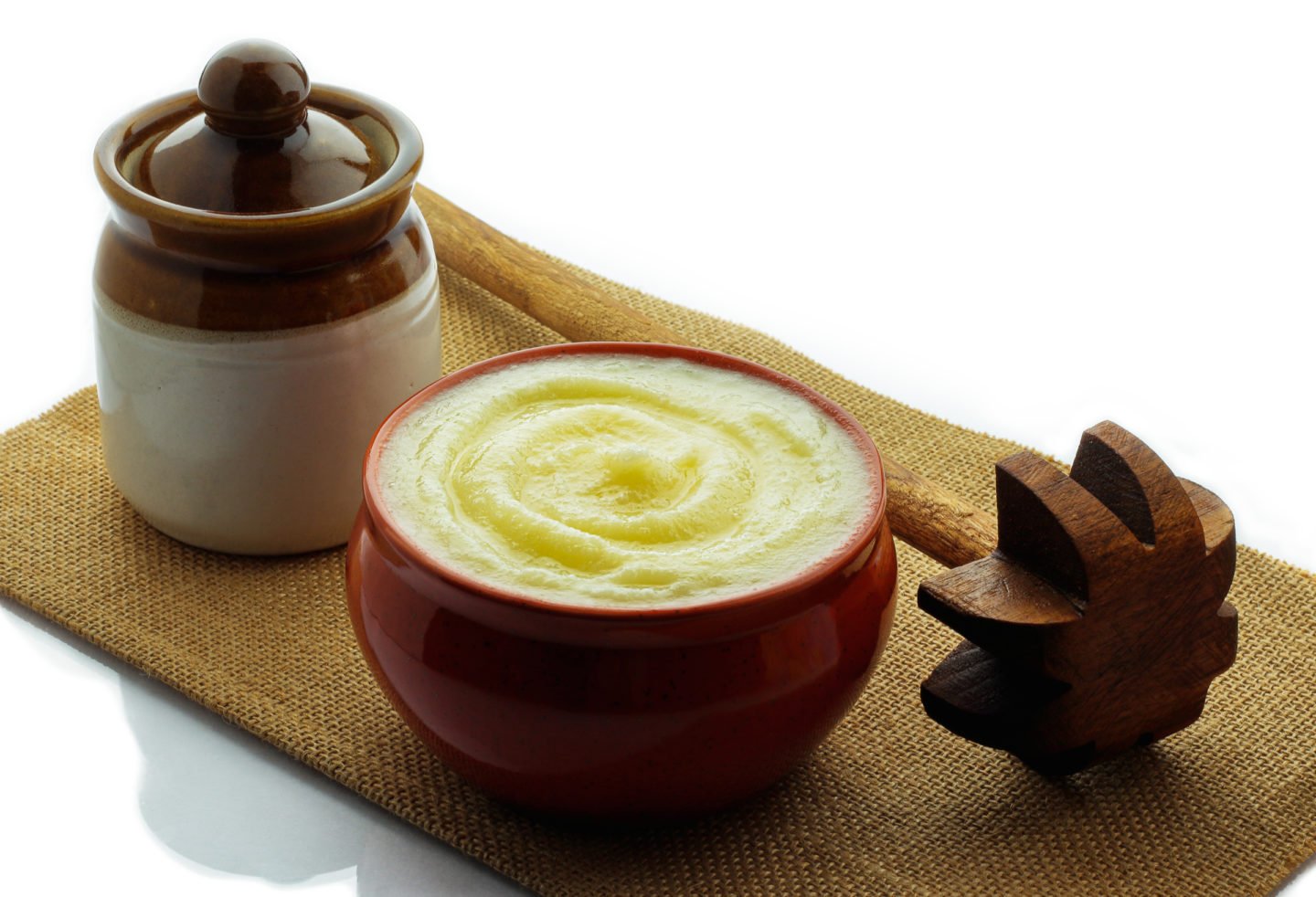
Some of the ghee alternatives on this list can be hard to find. So, if you still need a ghee substitute and don't want to use plain butter instead, consider making your own. It might be easier than you think, and it lasts a long time if stored properly.
To make 2 cups of ghee, you'll need 1 lb of unsalted butter. Slice it into small cubes, and let it melt in a saucepan over low heat. Make sure not to stir the butter. Once melted, let your butter simmer until foam forms on top. Skim the foam, and at this point, you will notice the melted butter separates into three layers.
Keep removing the foam until the middle layer becomes transparent. By now, you should be smelling the nutty fragrance of ghee. At the bottom of the pan, you’ll see the milk solids that separated from the water. Let your ghee cool, then strain and pour it into a jar.
Summary
We carefully selected the best substitutes for ghee that you can use in baking and cooking. Check out their respective descriptions and some notes to remember when substituting.
| Substitute | Notes |
|---|---|
| Clarified Butter | Has a similar color and flavor. Interchangeable with ghee in many recipes. |
| Sunflower Oil | Has a similar nutty flavor and is highly aromatic. Oil burns easily. |
| Soybean Oil | Has a neutral flavor, is odorless, versatile, and affordable. Substitute at a 3:4 or 1:1 ratio. |
| Canola Oil | Has little flavor and is suitable for both low and high-heat cooking. Not as good for baking. |
| Sesame Oil | Has a similar flavor to ghee and is deliciously fragrant. Best vegan substitute for ghee. |
| Coconut Oil | Expensive but is a great substitute for flavor. Has a low smoke point. |
| Olive Oil | Has a nutty taste resembling ghee. Not recommended for high-heat cooking. |
| Butter | Has a similar consistency as ghee but lacks a nutty flavor. Can be mixed with olive oil. |
| Vegetable Oil | This cooking oil has a very mild taste, a high smoking point, and is affordable. |
| Avocado Oil | Has a nutty, slightly grassy flavor and a high smoking point. |
| Homemade Ghee | All you'll need is unsalted butter to make your own ghee. |
Related Questions
Ghee is a type of clarified butter often used in Indian cooking. It provides a rich, nutty flavor that blends well with spices often used in Middle Eastern, Southeast Asian, and Indian cuisine. It is mainly used in cooking and baking. Some even add ghee to their coffee and tea, use it as a sandwich spread, or make a coconut milk ghee rice.
Although high in fats, ghee is not bad for you when consumed in moderation. It contains a healthy dose of antioxidants, some vitamins, and high concentrations of the fatty acid omega-3.
However, make sure to consume it in moderation since ghee is made up of almost 50% saturated fat.
You should use a ghee substitute if you cannot consume any dairy. Some people also opt-out of using ghee because it has high-fat content and is expensive. Of course, you might also need to use a ghee substitute if you’ve run out of it.
Yes, you can substitute ghee for shortening. It will add a rich, buttery, nutty flavor to the baked goods you want to make. Use it in a 1:1 ratio.
The best vegan substitutes for ghee are sesame oil, coconut oil, sunflower oil, avocado oil, olive oil, and canola oil. You can use sesame oil, sunflower oil, olive oil, and coconut oil at a 3:4 ratio and coconut oil and avocado oil at a 1:1 ratio.

Leave a Reply